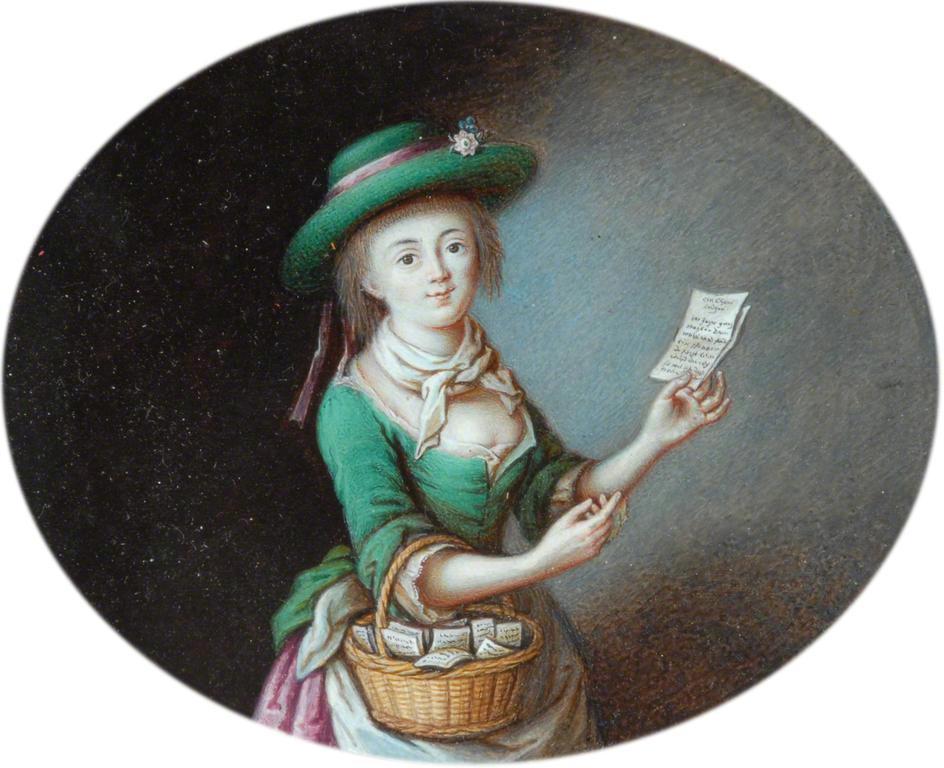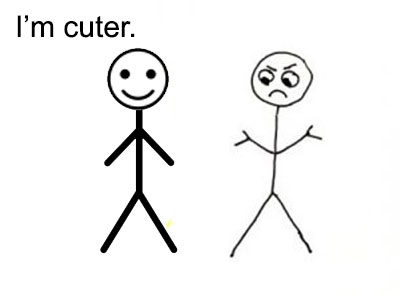
Recently, a friend of mine who works in sales asked me to glance over a flyer someone in his office had created to advertise the department’s expanded customer reach in the local market. It was a pretty good flyer (attractive, a good amount of information, point of contact clearly defined), and someone appeared to have taken some time on it. But it did contain a few of the most common errors flyers, and unfortunately by the time I saw it, it would have been a pain to halt the printing process.
Get a free sample proofread and edit for your document.
Two professional proofreaders will proofread and edit your document.
Individuals, organizations, and businesses often create flyers to advertise an idea, event, service, or special offer to the public or attract new/renewed interest. In my work as a proofreader and my life as a detail-oriented consumer of advertising material, I see the same errors in flyers repeatedly. In today’s post, I will outline three rules for creating great flyers and other printed business advertisements, so hopefully you can avoid making the mistakes made by so many others.
The maxim “less is more” is critical when creating a flyer as this type of advertisement is often only glanced at in haste, just for a few seconds on average, and must grab readers’ attention quickly. Creators of effective flyers must distill the information presented so readers can easily grasp the important ideas and avoid being bogged down by unnecessary information.
When creating a flyer, aim for no more than about 200 words on an 8½ by 11 inch (standard size) flyer. Too much text can bury your call to action, the thing you are asking people to do or notice, and an unclear call to action makes your flyer rather pointless.
“Less is more” also applies to the other design elements. Avoid including pictures and graphics that don’t yield a simple, aesthetic appearance and balance of text and other elements on the page. A standard flyer should include one to three relevant pictures or images, max.
Speaking of pictures and images, make sure they are of higher resolution and high quality. Nothing is as immediately apparent on a poorly designed flyer than a blurry image, especially one where the meaning for its inclusion is not clear. Limiting text and images helps avoid a cluttered effect. Avoid using too much of anything—colors, fonts, and images—and make sure the various fonts and other elements complement each other. Fonts should be easily readable and consistent, content on a flyer should be balanced, and there should be some empty space for a pleasing appearance.
To a proofreader like me, being consistent is especially near and dear. The text of a flyer needs to be consistent. Inconsistencies in writing are commonly found with verb tense, punctuation, spelling, point of view, formatting, capitalization, and list item type. It is the last three of these, formatting, capitalization, and list item type, that are most often problematic in flyers.
For consistent formatting, ensure heading style (e.g., bold, underlined), bullet type, spacing, and borders, are the same in equivalent locations throughout the flyer. Be aware of the hierarchy of information presentation (what information is nested below what other information) to help with this.
Regarding capitalization, I have written whole posts about it and its intricacies, but today I’ll just mention a few basics. Remember, there are two types of heading capitalization: sentence and title case. Let’s look at an example of the same title in sentence and then title case:
In sentence case, only the first word of the main title and subtitle (the part after the colon) and any proper nouns or abbreviations are capitalized. In title case, the first and last words and all “main words” are capitalized. Main words are basically all words but the “little” ones: a, an, the, or, but, in, on, or, for, and so. Please note: Pronouns and verbs may be short but are not “little” and thus are capitalized in title case (See my headings above with “It” and “Is”). Capitalization can be complicated, so if you are in doubt, check your capitalization with an online tool like Capitalize My Title.com.
The third area with frequent consistency issues is lists, which are common in flyers, as they are a good way to present information in bold, brief chunks. Let’s look at some good and bad examples.


In the first list , all the items are nouns, plain, simple, and consistent. In the second and bad list, the items are a mix of phrases and single words and types of verb forms (to scoop and feeding), and positives and negatives. Here’s an edited version:

List items need not all be single words, but they must be consistent in their form.

A well-designed printed flyer, if it captures the reader’s attention, can do a great job getting your information into the right hands, and it can be even kept for later reflection (unlike digital flyers, which tend to be toss in the trash or weeded out by filters). Flyers can also be costly to print, especially when done well (in color, using higher quality paper) and embarrassing if done poorly (printed or digital) so make sure to take the time to avoid the common pitfalls described above.
Sarah P.
Get a free sample proofread and edit for your document.
Two professional proofreaders will proofread and edit your document.
Get a free sample proofread and edit for your document.
Two professional proofreaders will proofread and edit your document.
We will get your free sample back in three to six hours!